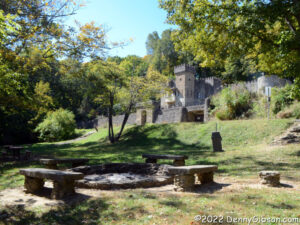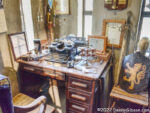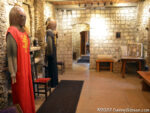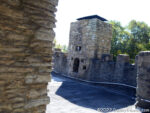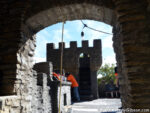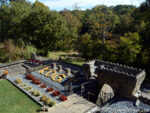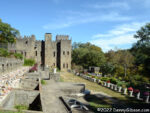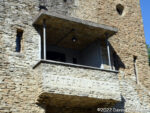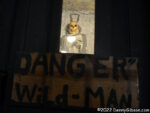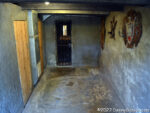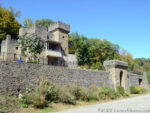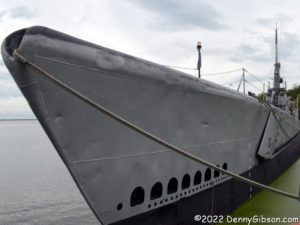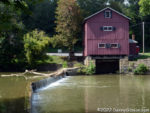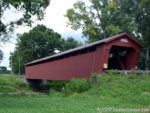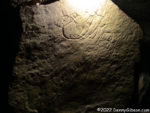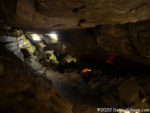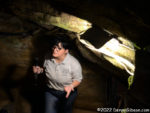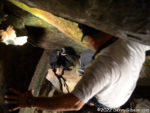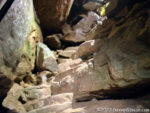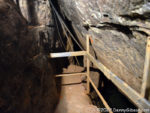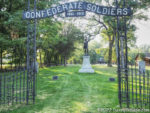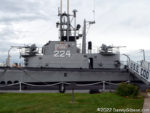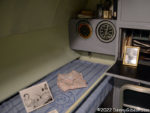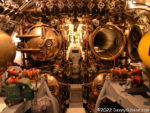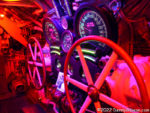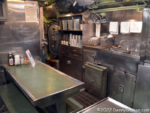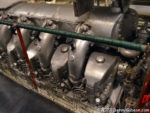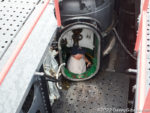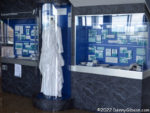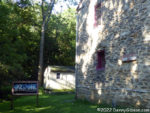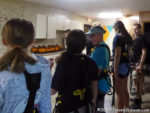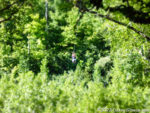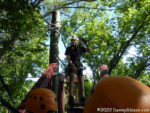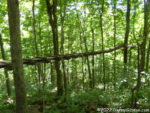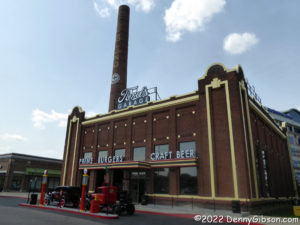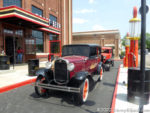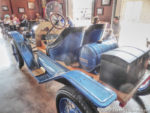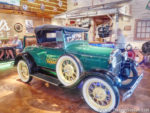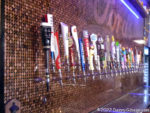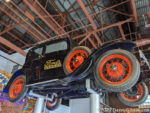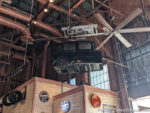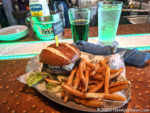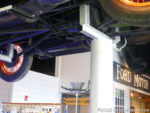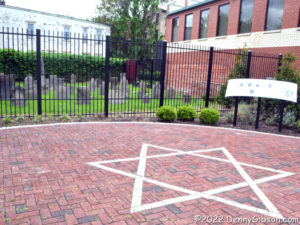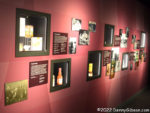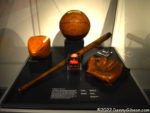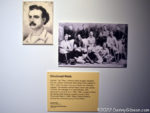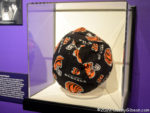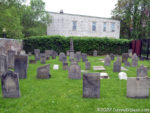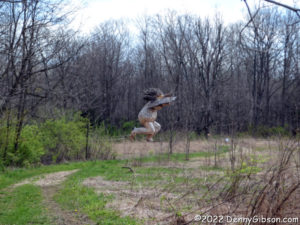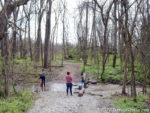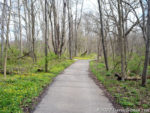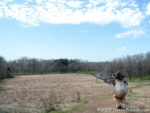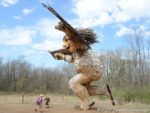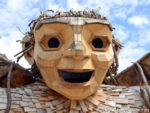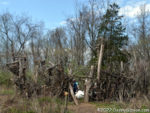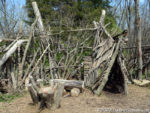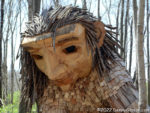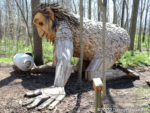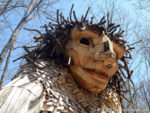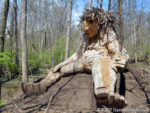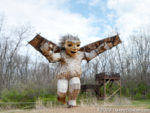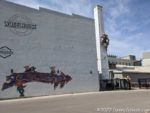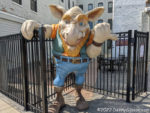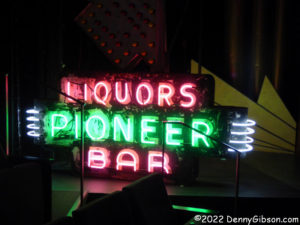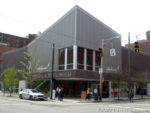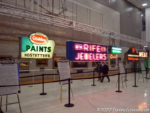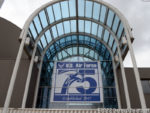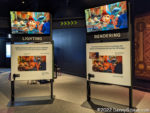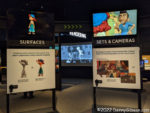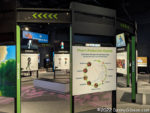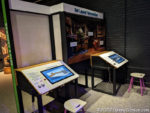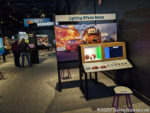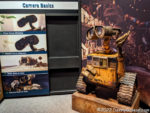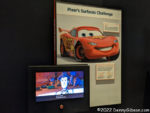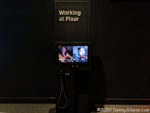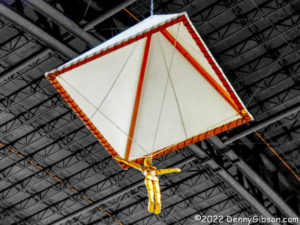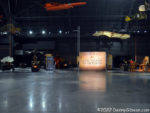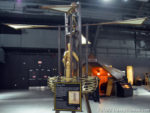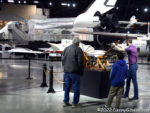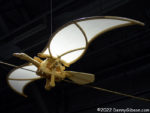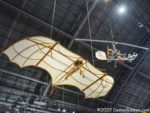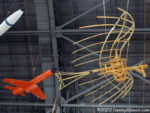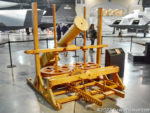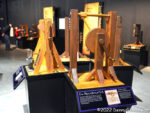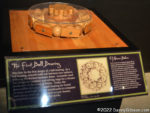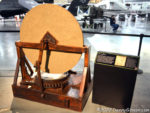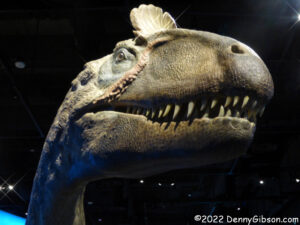 I’ve never been to Antarctica but I’ve seen pictures and it sure doesn’t look like a place where dinosaurs would be very happy. A land that is 98% covered with snow and ice is a far cry from the plant-filled jungle-like surrounding I’ve come to associate with these prehistoric creatures. But hundreds of millions of years ago, things were different. There was a time when the entire Earth — even the poles — was free of ice and all sorts of plants and animals could thrive on the continent we now call Antarctica. In some regards, the fact that that continent has been frozen for so long helps preserve evidence of those plants and animals. Of course, it also makes accessing that evidence a bit of a challenge.
I’ve never been to Antarctica but I’ve seen pictures and it sure doesn’t look like a place where dinosaurs would be very happy. A land that is 98% covered with snow and ice is a far cry from the plant-filled jungle-like surrounding I’ve come to associate with these prehistoric creatures. But hundreds of millions of years ago, things were different. There was a time when the entire Earth — even the poles — was free of ice and all sorts of plants and animals could thrive on the continent we now call Antarctica. In some regards, the fact that that continent has been frozen for so long helps preserve evidence of those plants and animals. Of course, it also makes accessing that evidence a bit of a challenge.
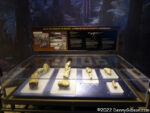 A lot of evidence has been accessed, however, and much of it is on display in the Dinosaurs of Antarctica exhibit at Cincinnati Museum Center. Visitors can look at actual fossils of prehistoric flora and fauna that have been preserved in the cold and dry conditions of Antarctica.
A lot of evidence has been accessed, however, and much of it is on display in the Dinosaurs of Antarctica exhibit at Cincinnati Museum Center. Visitors can look at actual fossils of prehistoric flora and fauna that have been preserved in the cold and dry conditions of Antarctica.
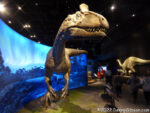
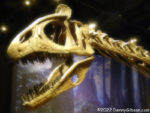
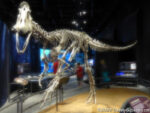 Experts have studied the real bits and pieces to make complete replicas. The most impressive of these are the skeleton and fully fleshed out full-size replicas of Cryolophosaurus, a dinosaur found only in Antarctica.
Experts have studied the real bits and pieces to make complete replicas. The most impressive of these are the skeleton and fully fleshed out full-size replicas of Cryolophosaurus, a dinosaur found only in Antarctica.
 The exhibit is paired with an Omnimax movie of the same name. It is a mixture of camera footage and animation. The extremely well-done animation shows what Antarctica might have been like 200 million years ago. The live-action, which includes some great scenery, involves an expedition to collect fossils and such. Seeing the movie first might be the best sequence but it’s not at all critical and it’s not how I did it. I had sort of planned on catching the first showing of the day followed by touring the exhibit. I really could have done that but there were only eight seats left for the first showing and the attendant explained that the audience was primarily elementary school students. I love seeing kids in museums but decided not to join a theater full of them and opted for the second showing. In a chat with an attendant at the exhibit, I learned that the number of school kids in the museum today was the highest since before the pandemic started.
The exhibit is paired with an Omnimax movie of the same name. It is a mixture of camera footage and animation. The extremely well-done animation shows what Antarctica might have been like 200 million years ago. The live-action, which includes some great scenery, involves an expedition to collect fossils and such. Seeing the movie first might be the best sequence but it’s not at all critical and it’s not how I did it. I had sort of planned on catching the first showing of the day followed by touring the exhibit. I really could have done that but there were only eight seats left for the first showing and the attendant explained that the audience was primarily elementary school students. I love seeing kids in museums but decided not to join a theater full of them and opted for the second showing. In a chat with an attendant at the exhibit, I learned that the number of school kids in the museum today was the highest since before the pandemic started.


 These photos were taken before I watched the movie and even before I toured the Antarctica exhibit. Once I had changed my movie plans, I had quite a bit of spare time so I checked out other parts of the Museum Center including the Duke Energy Holiday Trains, the standard American dinosaurs, and the Holocaust and Humanities Center. Holiday Junction, where the trains are, requires an additional ticket beyond museum admission unless you are a member. The Holocaust Center normally requires separate admission but not now. On Wednesday, the Center issued this news release announcing that admission would be free through January 2 “In an effort to address the recent surge in antisemitism”. This is a museum that absolutely everyone should visit and this generous offer makes it easier to do that. Even though the Center exists because of some truly horrific human history, I always seem to feel a little bit better when I exit.
These photos were taken before I watched the movie and even before I toured the Antarctica exhibit. Once I had changed my movie plans, I had quite a bit of spare time so I checked out other parts of the Museum Center including the Duke Energy Holiday Trains, the standard American dinosaurs, and the Holocaust and Humanities Center. Holiday Junction, where the trains are, requires an additional ticket beyond museum admission unless you are a member. The Holocaust Center normally requires separate admission but not now. On Wednesday, the Center issued this news release announcing that admission would be free through January 2 “In an effort to address the recent surge in antisemitism”. This is a museum that absolutely everyone should visit and this generous offer makes it easier to do that. Even though the Center exists because of some truly horrific human history, I always seem to feel a little bit better when I exit.

